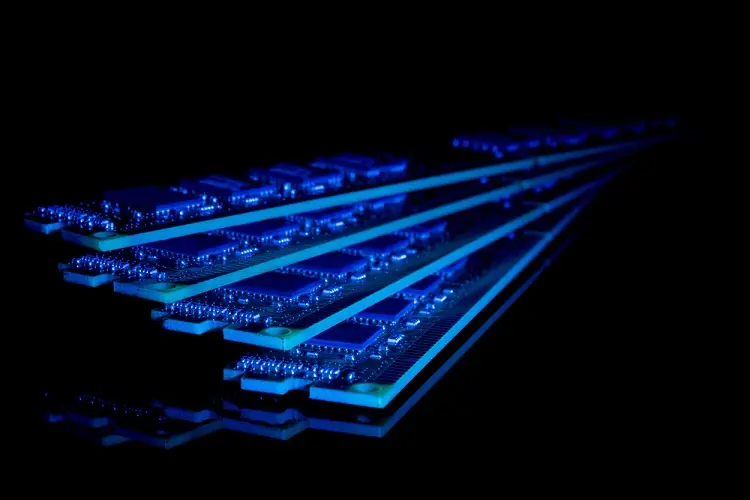How to Match Memory to a CPU and Motherboard
Matching Memory to a CPU and Motherboard
When building a computer, it's crucial to ensure that all the components work together seamlessly. One critical aspect of this is matching the memory (RAM) to the CPU (Central Processing Unit) and motherboard. In this article, we will explore the steps you need to take to make the right choices and avoid compatibility issues.
Understanding the Basics
Before we delve into the technical details, let's quickly recap what RAM, CPU, and motherboard are:
RAM: Random Access Memory, or RAM, is the temporary storage space where data is stored for quick access by the CPU. Think of it as the computer's short-term memory.
CPU: The Central Processing Unit, or CPU, is the "brain" of the computer. It processes instructions and performs calculations, enabling the computer to run programs and execute tasks.
Motherboard: The motherboard is the main circuit board of the computer. It connects all the components and allows them to communicate with each other.
Step 1: Identify the CPU Socket Type
The first step in matching memory to a CPU and motherboard is to identify the CPU socket type. The CPU socket is the slot on the motherboard where the CPU is installed. Each CPU socket type supports a specific generation and series of CPUs.
To determine the CPU socket type, consult the specifications of your CPU or the documentation provided by the manufacturer. Once you have this information, move on to the next step.
Step 2: Check the Motherboard's Memory Compatibility
Now that you know the CPU socket type, it's time to check the motherboard's memory compatibility. This step is crucial because not all motherboards support the same types and speeds of RAM.
Refer to the motherboard's documentation or visit the manufacturer's website to find the list of supported memory types and speeds. Look for details like DDR (e.g., DDR4, DDR5), memory module capacity (e.g., 8GB, 16GB), and maximum supported memory capacity.
Step 3: Consider the CPU's Memory Specifications
Next, you need to consider the CPU's memory specifications. Some CPUs have specific requirements when it comes to memory type, speed, and configuration.
Again, refer to the CPU's documentation or the manufacturer's website to find the recommended memory specifications. Pay attention to details such as memory type (DDR4, DDR5), memory speed (e.g., 2133MHz, 3200MHz), and memory channel configuration (single-channel, dual-channel).
Step 4: Choose the Right Memory Type and Speed
Now that you have all the necessary information about the CPU socket and memory compatibility, it's time to choose the right memory type and speed.
Ensure that the memory type (DDR4, DDR5) is supported by both the motherboard and CPU. Check the maximum supported memory capacity of the motherboard and select the appropriate memory module capacity (e.g., 4GB, 8GB, 16GB) based on your needs.
Additionally, pay attention to the memory speed. It's generally recommended to choose memory with a speed that matches or exceeds the CPU's recommended speed for optimal performance.
Step 5: Install and Test
Once you have chosen the right memory modules, it's time to install them into the memory slots on the motherboard. Refer to the motherboard's documentation to locate the memory slots and follow the installation instructions.
After installing the memory, boot up your computer and enter the BIOS/UEFI settings. Verify that the installed memory is detected correctly and check if the correct memory speed is recognized. If everything looks good, you have successfully matched the memory to your CPU and motherboard. Enabling the XMP profile in the bios settings will ensure that the rated speed of the memory will be detected and run at that speed when it is detected by the motherboard.
Conclusion
Matching memory to a CPU and motherboard is an essential step in building a reliable and high-performance computer. By identifying the CPU socket type, checking the motherboard's memory compatibility, considering the CPU's memory specifications, and selecting the right memory type and speed, you can ensure a successful and compatible setup.
Remember, always consult the documentation provided by the manufacturers and double-check the compatibility of all the components before making a purchase. With the right combination of memory, CPU, and motherboard, you'll have a powerful computer that can handle any task with ease.

